
Innovation at work: ASU students conduct impactful research in health care, machine learning and sustainable infrastructure
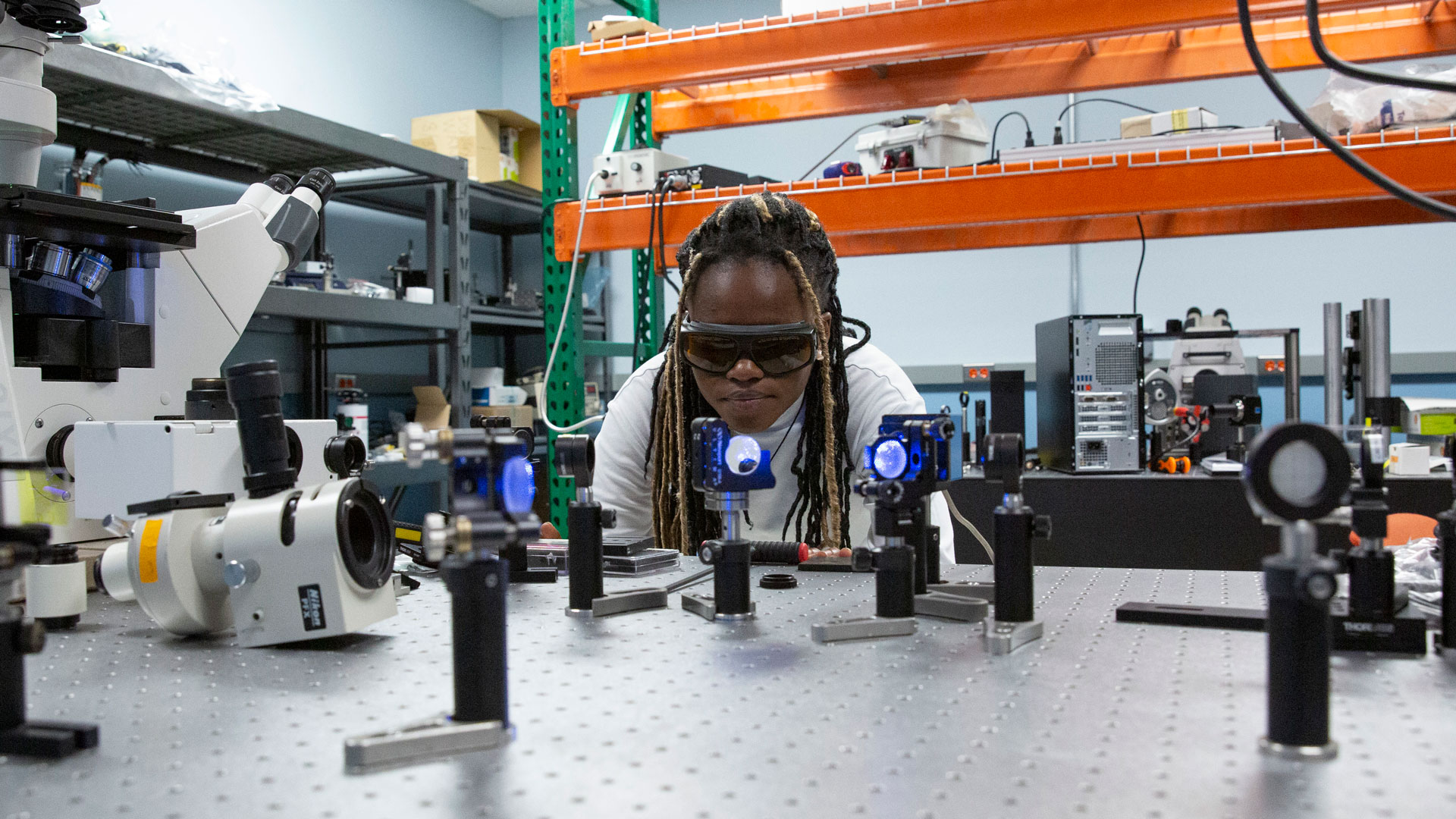
This article is part one of a two-part series highlighting student researchers and faculty mentors presenting at the Spring 2022 FURI Symposium on April 22. Read part two. Learn more about the symposium.
Bacteria that can create electricity, artificial intelligence that composes music, concrete made with plastic waste, nanoparticles designed for drug delivery and energy-efficient power converters for data centers are just some of the ways students in the Ira A. Fulton Schools of Engineering at Arizona State University are making real-world impact through research.
Enhancing classroom knowledge with hands-on research is a signature part of the engineering experience at ASU through the Fulton Undergraduate Research Initiative, or FURI, and the Master’s Opportunity for Research in Engineering, or MORE, programs.
FURI and MORE student researchers spend a semester conceptualizing an idea, developing a plan and investigating their research question with a faculty member.
The Grand Challenges Scholars Program, or GCSP, also encourages students to conduct research projects related to their chosen National Academy of Engineering grand challenge theme.
These opportunities for Fulton Schools undergraduate and graduate students provide new perspectives for finding solutions in data science, education, energy, health, security and sustainability. Students also develop independent-thinking and problem-solving skills to support their future careers and higher education pursuits.
FURI, MORE and GCSP students are invited to participate in the FURI Symposium, an event held near the end of each semester in which student researchers present their findings in a poster session.
Learn about five Fulton Schools students who are participating in the Spring 2022 FURI Symposium. Meet these students and 115 other student researchers at the public event on Friday, April 22, 1–3 p.m. at the Sun Devil Fitness Complex on the ASU Tempe campus.
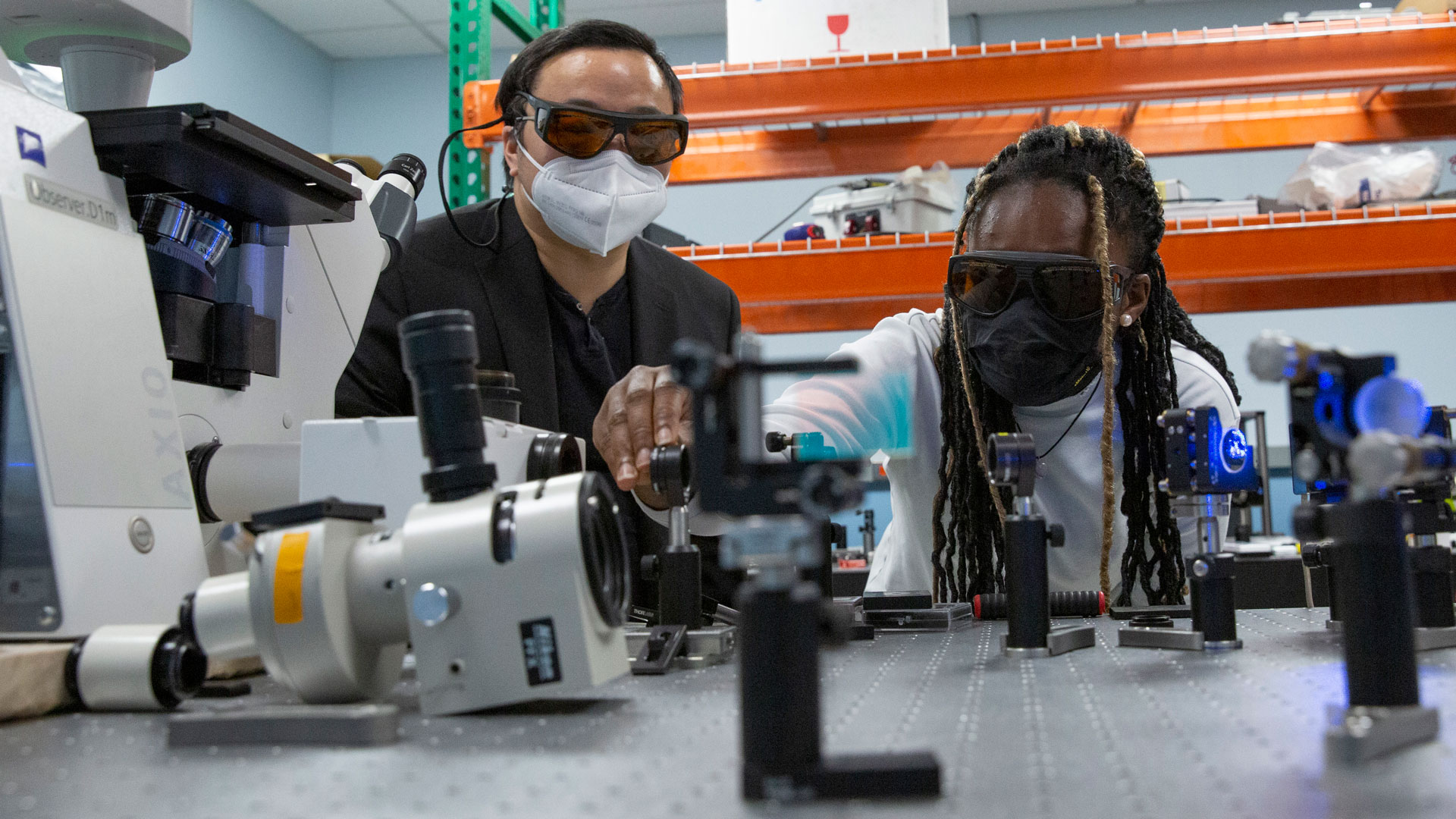
Photographer: Erika Gronek/ASU
Christabel Wireko Arthur
Materials science and engineering graduate student Christabel Wireko Arthur (pictured at right) is improving the future of health care by synthesizing a new nanoparticle made of gold and mesoporous silica to help advance medical diagnostics and drug delivery applications. She is conducting this research in the MORE program with Assistant Professor Sui Yang.

Photographer: Erika Gronek/ASU
Benjamin Joseph L. Herrera
Computer science major Benjamin Joseph L. Herrera (pictured at right) is working on VivyNet, a tool to allow anyone to create artificial intelligence-generated music from poems, with faculty mentor Assistant Professor Yezhou Yang. Herrera was drawn to the FURI program because of his passion for conducting research.
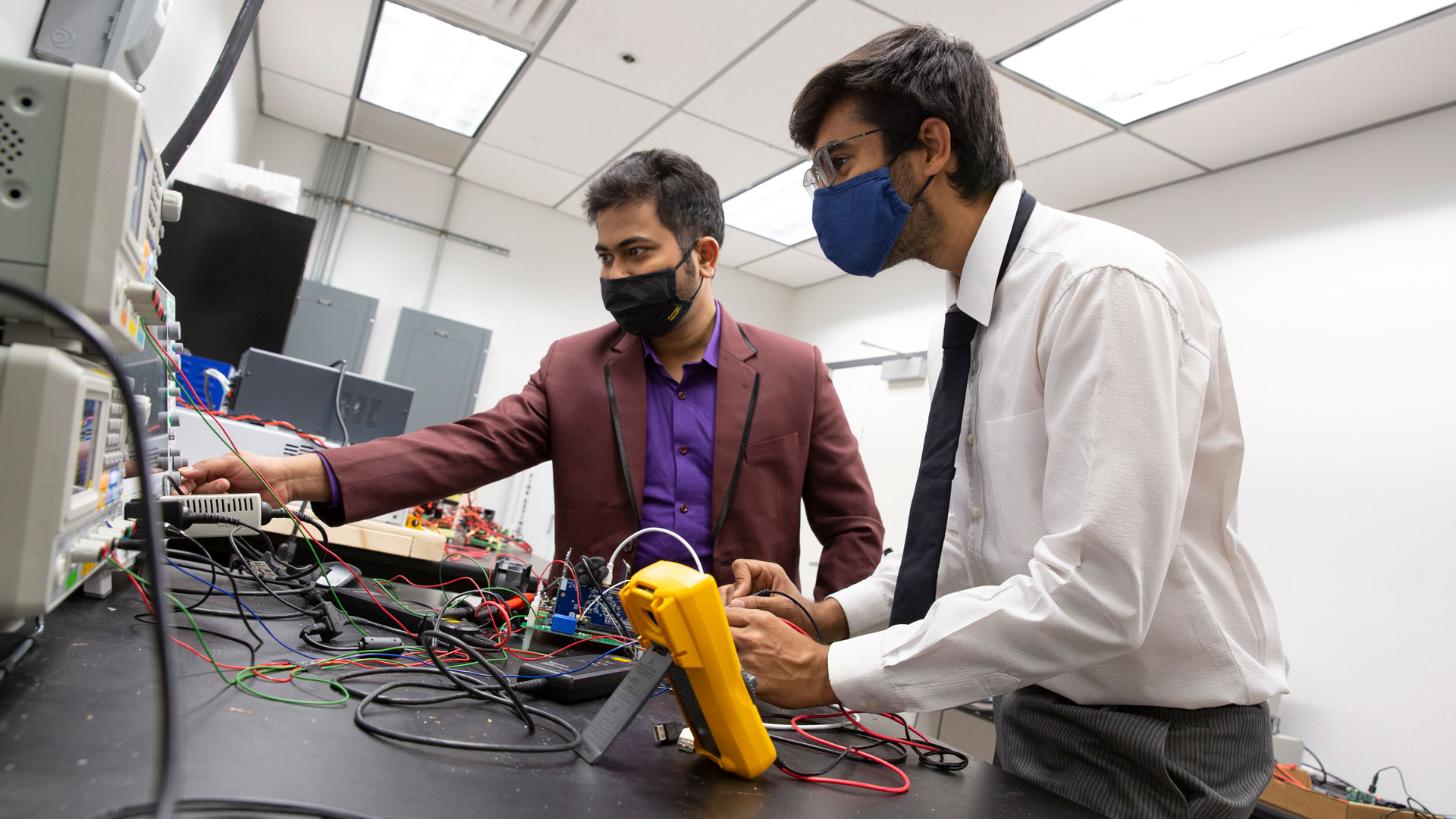
Photographer: Erika Gronek/ASU
Nitish Jolly
Nitish Jolly (pictured at right) is an electrical engineering graduate student designing dense, energy-efficient power converters for data centers with Assistant Professor Ayan Mallik. Jolly’s MORE research project was also sponsored by W. L. Gore & Associates, which provided an additional $500 in project support.
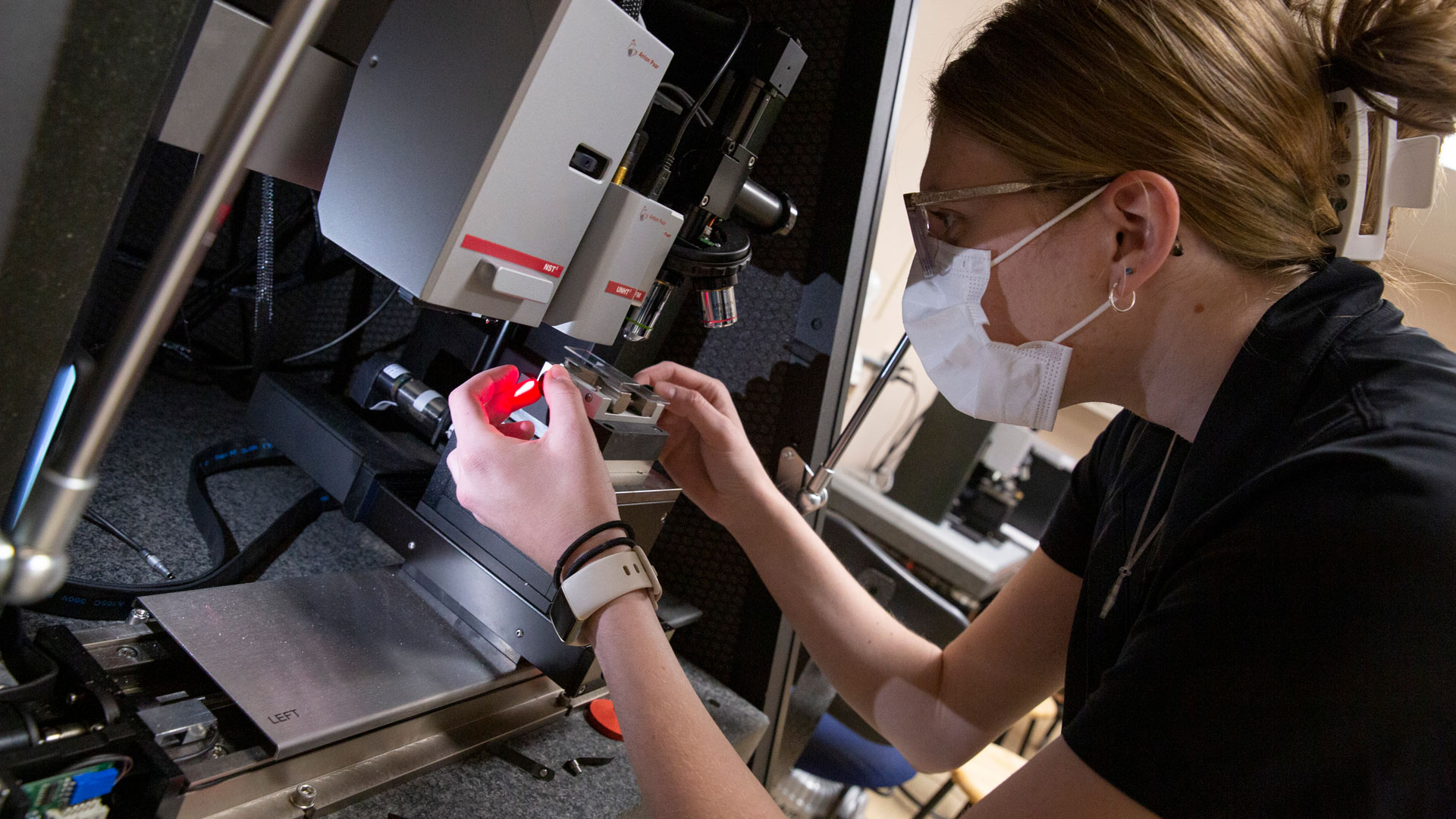
Photographer: Erika Gronek/ASU
Susanna Westersund
Civil engineering junior Susanna Westersund is making concrete more sustainable and reducing plastic in landfills by developing a method to replace some of the carbon-emitting cement with plastic waste. Westersund is conducting this research with her faculty mentor, Assistant Professor Christian Hoover, and through this experience has gained confidence in herself and her abilities as an engineer.
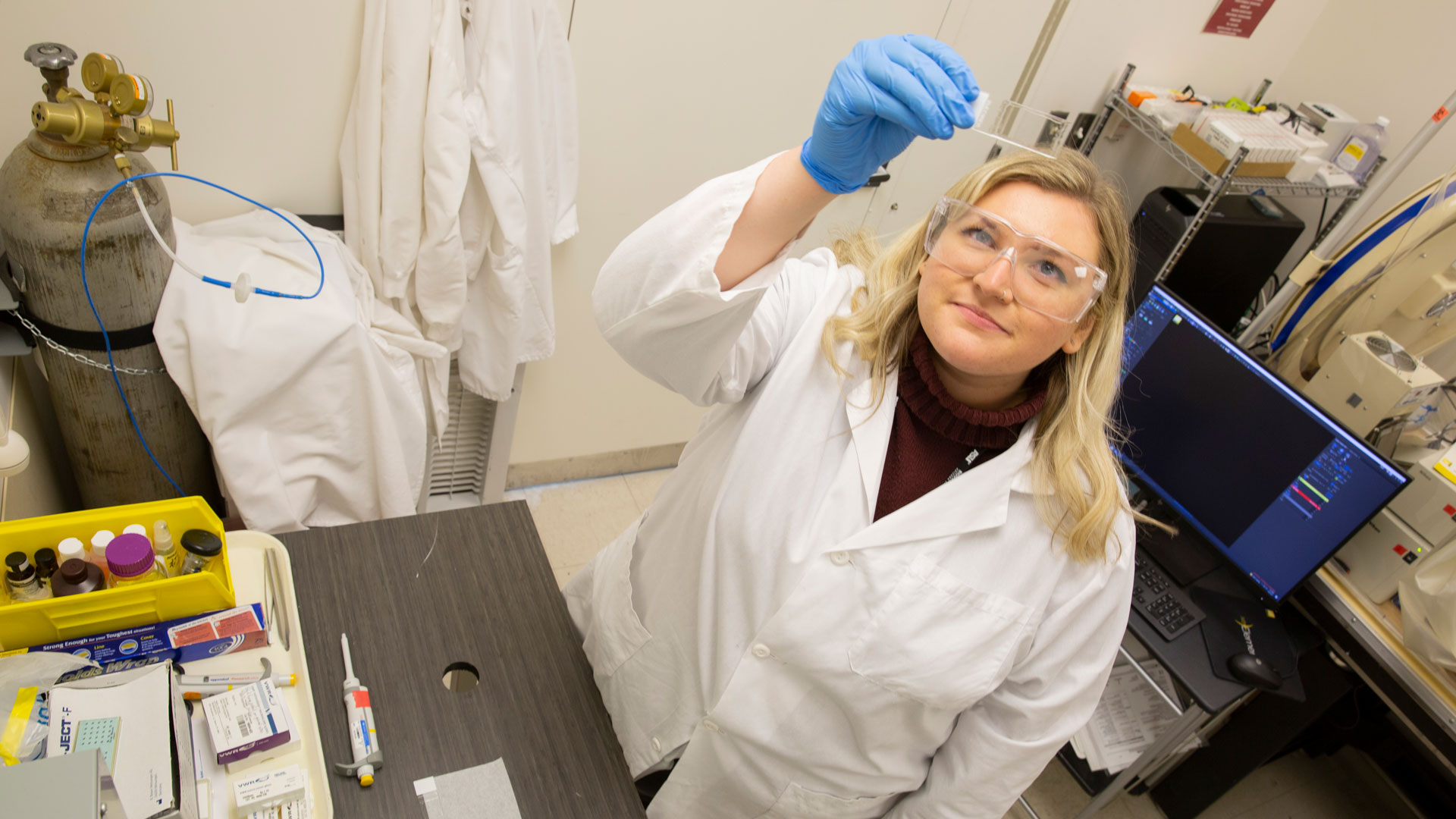
Photographer: Erika Gronek/ASU
Anna Mangus
Chemical engineering graduate student Anna Mangus is conducting research in the MORE program to understand how bacteria can convert carbon molecules to electricity with Associate Professor César Torres. Mangus participated in FURI for two semesters as a junior and is now participating in the MORE program while she finishes her graduate studies in the 4+1 accelerated master’s degree program.



































